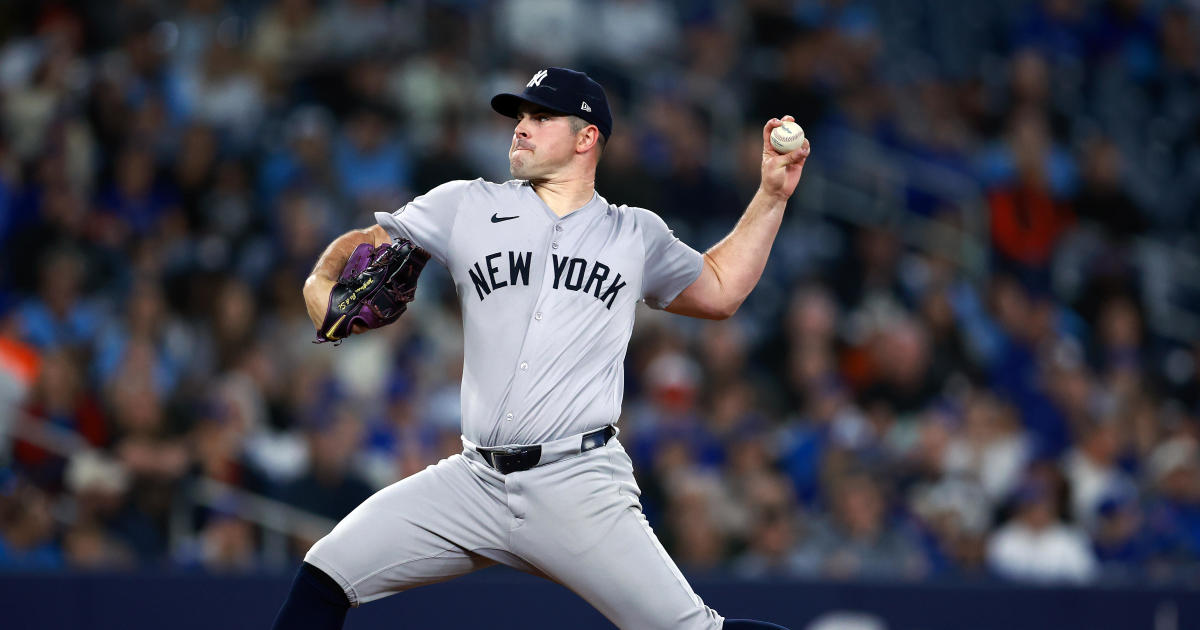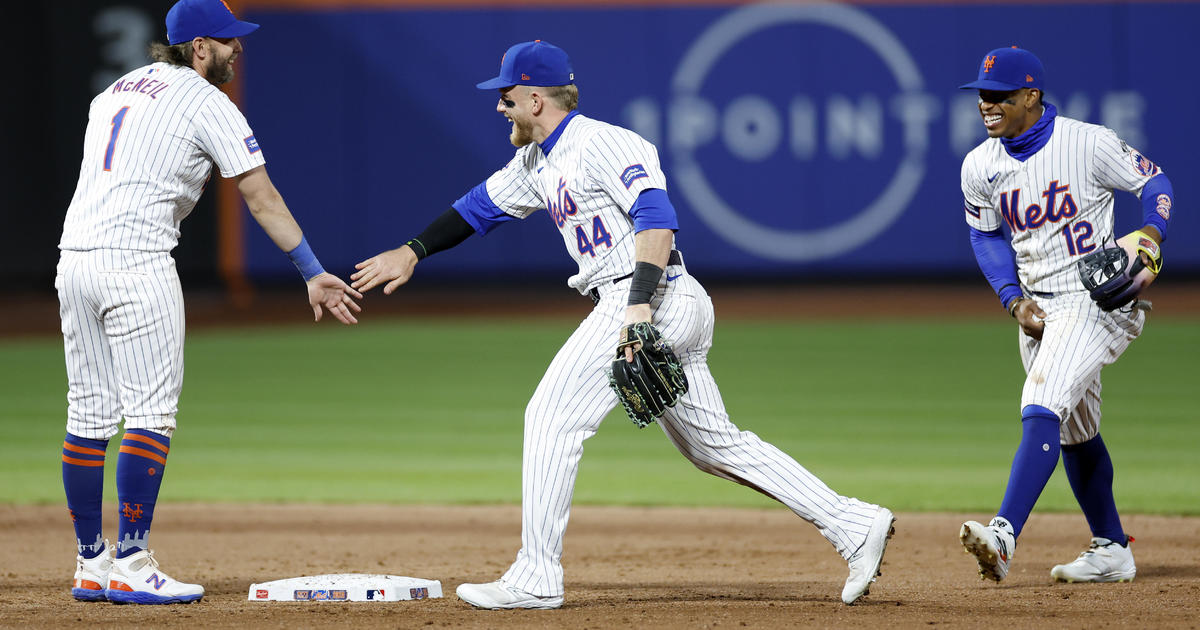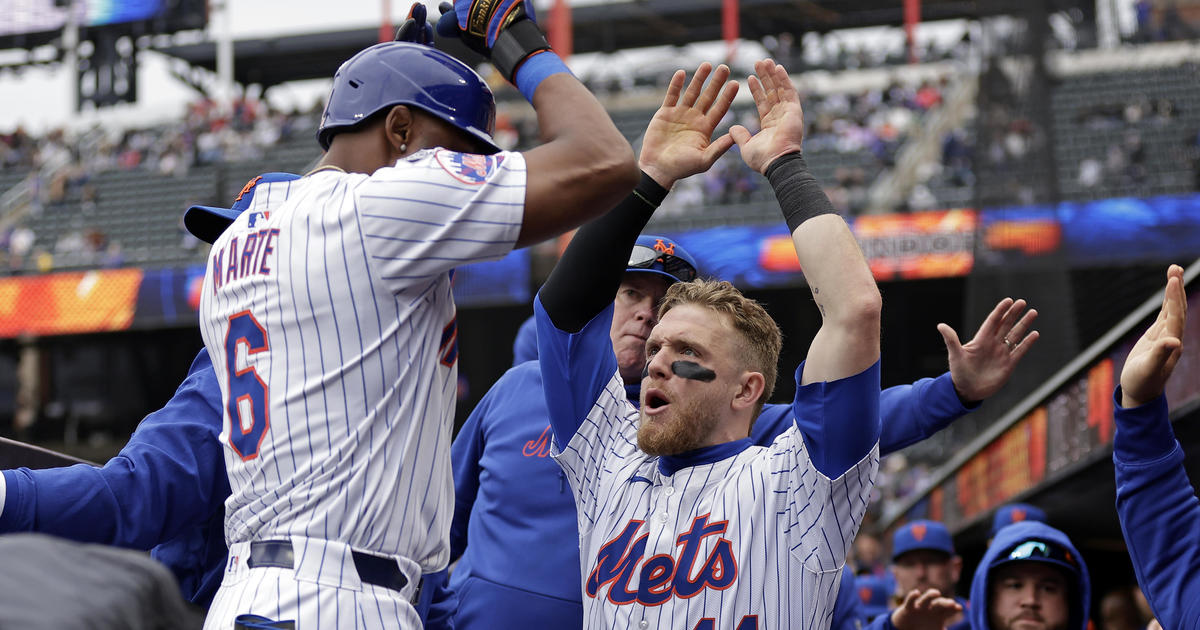Injury Breakdown: Matt Leinart, Jason Campbell And Clavicle Fractures In The NFL
By Abby Sims
» More Columns
Houston's first march toward the playoffs may have taken a fatal blow with back-up quarterback Matt Leinart's clavicle fracture. Leinart suffered the left collarbone injury in the second quarter of the week 12 game against Jacksonville. This while the Texans' first string QB, Matt Schaub, was on the sidelines in a walking boot because of a season-ending Lisfranc fracture (foot), sustained against Tampa Bay on November 13th.
Leinart isn't the first quarterback to fracture his clavicle this season. That honor went to Jason Campbell of the Oakland Raiders, who landed on his shoulder after being hit on October 16th. Campbell had surgery the following day to repair his fracture, and this week attempted, unsuccessfully, to begin a throwing program. It's been written that Leinart's treatment will be more conservative and simply entail wearing a sling and undergoing physical therapy.
View: Mid-Shaft Displaced Clavicle Fracture
So, why the difference in treatment?
The choice of how to address a fractured collarbone depends on several factors, including: the location of the fracture (whether it is toward one end of the bone or the other, or whether the injury is mid-shaft), whether the portions of the bone remain aligned or if they become displaced, or whether there are other complications from the trauma, such as a fractured scapula (shoulder blade), or injury to the brachial plexus (a network of nerves in the neck that extend to the underarm area). Plexus injuries are most likely to occur if the trauma forces the head away from the shoulder, putting the nerves on extreme stretch, or if a portion of a broken clavicle causes direct injury to the nerves.
Conservative (non-operative) treatment of mid-shaft fractures has been shown to have poor results, though there is risk of non-union (incomplete bone mending) with non-operative management of other types of clavicle fractures as well. Though there is often a deformity of the bone after conservatively managed clavicular fractures, healing is generally rapid and the deformity is not generally symptomatic. Of course, disuse of the upper extremity during the initial protective phase of healing (whether post-operatively or not) results in loss of strength, and therapy to restore strength, full range of motion in the shoulder and flexibility of the musculature is also necessary.
At it's inner end, the clavicle forms a joint with the sternum (breastbone), and at its outer end, it forms a joint with the scapula (shoulder blade). The latter, known as the AC joint (acromioclavicular joint), is often separated due to falls onto the shoulder.
There are several muscles that attach to the clavicle and these can exert forces on the fractured bone that pull the fragments apart, contributing to non-union. The central portion of the collarbone is least covered by muscle and is the region where these issues most often occur.
Here is a link to the summary of a study involving the management of middle-third clavicle fractures in the NFL. It discusses variable courses of care and length of time to return-to-play. After comparing cases over a five-year period, researchers concluded that displaced middle-third clavicle fractures were best treated surgically in order to "enable a successful clinical outcome in a predictable time frame." I am assuming that Leinart's fracture was non-displaced, without complications and possibly not mid-shaft, thereby allowing him to avoid surgery.
On an unrelated note, and for the record, it bears mentioning that CBS.Sports.com lists 46 players as having hamstring injuries. Yikes! Just thought you'd like to know...
Follow Abby on Twitter @abcsims



